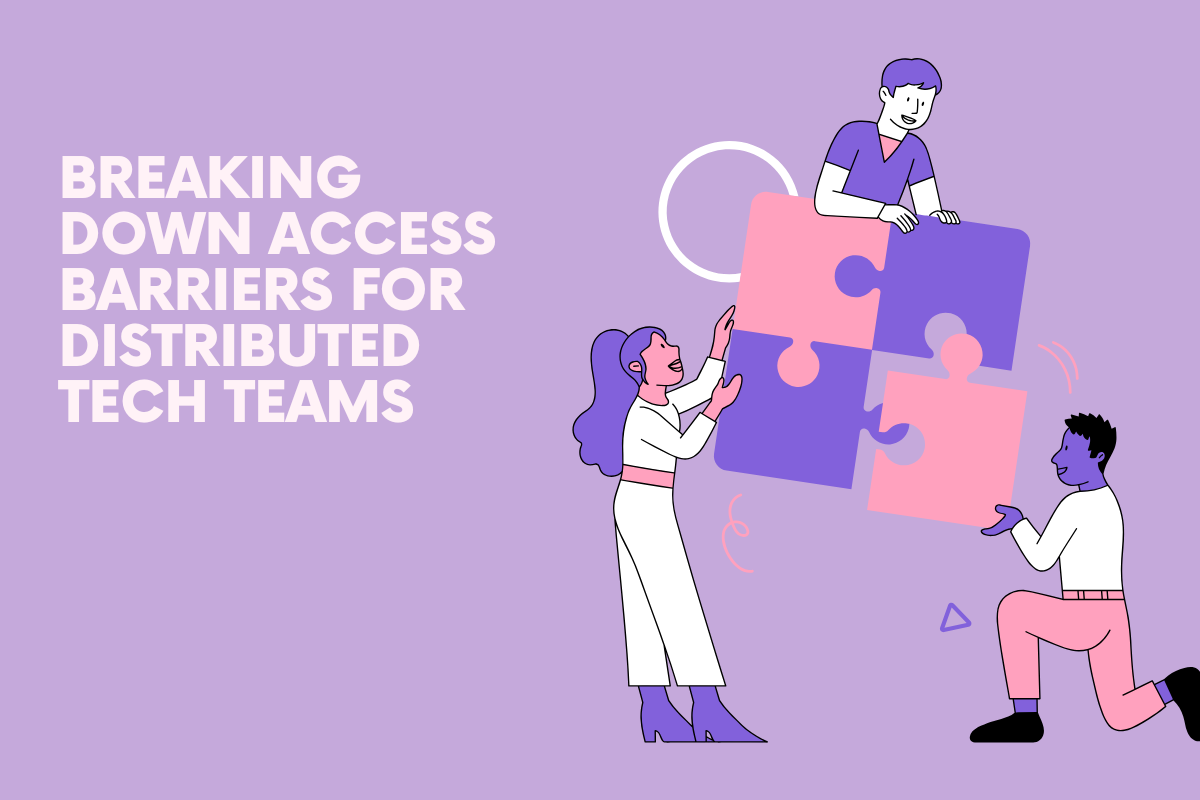The recent announcement of workforce reductions by Avaya has caused ripples throughout the business communications industry. As a leading name in enterprise communications solutions, Avaya's restructuring moves hold significant implications for businesses relying on its services. Concerns range from potential service disruptions to broader industry shifts that could redefine competitive landscapes. Below, we'll explore these multifaceted impacts and what they could mean for businesses across the spectrum.
The Ripple Effect: Analyzing Avaya's Workforce Reductions and Industry Implications

The news of the Avaya layoffs sent shockwaves through the business communication industry, signaling not just a change for the company but for all its stakeholders as well. As the dust settles, it's becoming increasingly important to assess the wider implications of such a significant workforce reduction. Industry analysts are keenly observing potential shifts in service quality, customer support, and innovation from this long-standing communications giant.
Reductions in Avaya's workforce could induce operational challenges, particularly in research and development. Innovation may suffer if Avaya cuts back on the number of employees tasked with creating new technologies and solutions. Reducing the workforce may be indicative of a strategy focused on short-term cost savings over long-term growth, which could have repercussions not only for Avaya but for the industry as a whole, as competitors may either follow suit or capitalize on the market void.
The layoffs may also prompt existing Avaya customers to reassess their relationship with the company. Trust in long-term partnerships is built on stability and market predictability, and workforce reductions might sow doubts. As customers evaluate the risks versus the benefits of continued reliance on Avaya, they are likely to consider alternative suppliers, which could lead to a reshuffling of market shares.
Potential Challenges for Avaya Customers in Navigating Service Disruptions

Customers of Avaya are rightfully worried about the implications of the workforce reduction on their service continuity. Disruptions in services could range from delayed customer support response times to hindrances in the deployment or maintenance of communication systems. Enterprises deeply integrated with Avaya's ecosystem could face operational headwinds, potentially necessitating swift contingency planning.
Maintaining customer service levels post-layoff will be a test of Avaya's resilience and commitment to its client base. As the company pivots with a smaller team, existing customers might experience a transition period characterized by less immediate personalized support. Such a phase can be critical for customer retention, demanding that Avaya balance its internal restructuring with external service expectations.
The uncertainty around how Avaya will manage its obligations during this period might prompt companies to look for supplemental support or alternatives. This is especially concerning for business-critical applications where uptime is paramount. Customers will require clear communication and robust service-level agreements (SLAs) to safeguard against the risks associated with Avaya's changing operational capacity.
Strategies for Businesses to Mitigate the Impact of Avaya's Workforce Changes

As Avaya navigates through this period of transition, businesses reliant on its services must implement mitigation strategies to protect against potential repercussions. Formulating a plan to deal with potential service disruptions is crucial. This could involve establishing in-house expertise or partnering with third-party vendors who can provide continuity and redundant systems to ensure business operations are not severely impacted.
Businesses should consider auditing their existing Avaya systems to identify any areas of risk and prioritize them for review or replacement. Identifying alternative solutions and ensuring they can be deployed seamlessly will be key to maintaining operational consistency. Companies must be prepared with a rapid response plan if Avaya's restructuring affects their service levels in unforeseen ways.
Future of Business Communications: Learning From Avaya's Restructuring Moves
The restructuring of a major player like Avaya provides a learning opportunity for the entire business communications sector. As technology evolves and customer expectations shift, companies must adapt while ensuring their core offerings remain robust and reliable. Avaya's situation underscores the importance of agility in business operations and the need for continuous innovation.
Businesses should closely watch how Avaya handles this transition to glean insights into best practices for handling similar challenges. The effectiveness of their communication strategies and the skills with which they execute operational changes will serve as case studies for industry observers and businesses alike. Lessons learned from Avaya’s handling of this delicate balance can inform organizational change management protocols for many years to come.
Overall, Avaya’s workforce reductions catalyze broader considerations within the business communications industry. From the potential service disruptions for Avaya customers to the competitive responses and emergent opportunities, this development brings to light the dynamic nature of the technology sector and the importance of strategic adaptability for sustainability and growth.





.png)